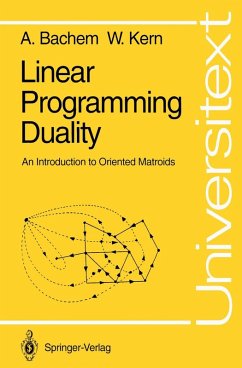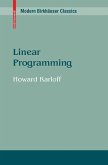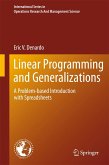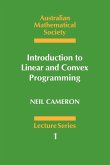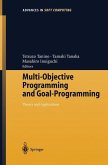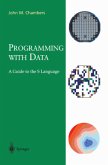The main theorem of Linear Programming Duality, relating a "pri mal" Linear Programming problem to its "dual" and vice versa, can be seen as a statement about sign patterns of vectors in complemen tary subspaces of Rn. This observation, first made by R.T. Rockafellar in the late six ties, led to the introduction of certain systems of sign vectors, called "oriented matroids". Indeed, when oriented matroids came into being in the early seventies, one of the main issues was to study the fun damental principles underlying Linear Progra.mrning Duality in this abstract setting. In the present book we tried to follow this approach, i.e., rather than starting out from ordinary (unoriented) matroid theory, we pre ferred to develop oriented matroids directly as appropriate abstrac tions of linear subspaces. Thus, the way we introduce oriented ma troids makes clear that these structures are the most general -and hence, the most simple -ones in which Linear Programming Duality results can bestated and proved. We hope that this helps to get a better understanding of LP-Duality for those who have learned about it before und a good introduction for those who have not.
Bitte wählen Sie Ihr Anliegen aus.
Rechnungen
Retourenschein anfordern
Bestellstatus
Storno

